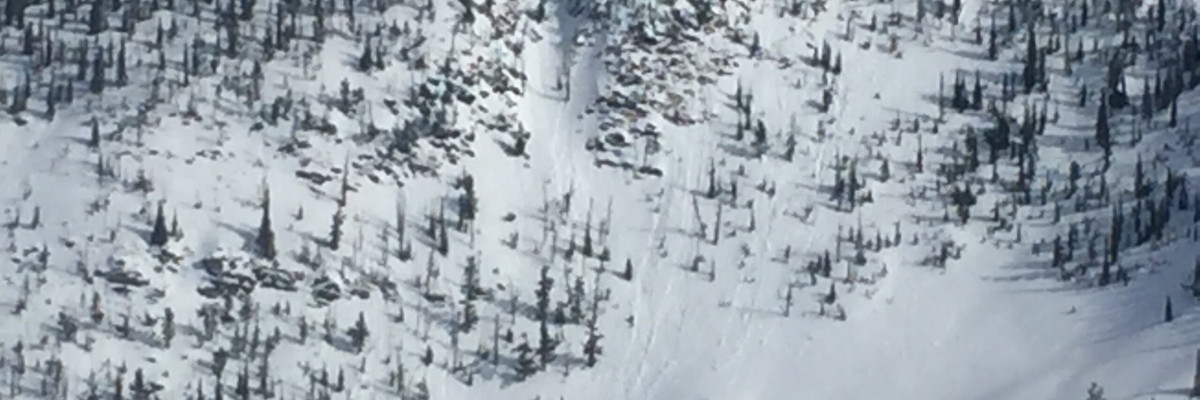The current avalanche danger is LOW in the west central Montana backcountry this morning and will increase to moderate in the afternoon. With rising temperatures and peak solar radiation, steep rocky slopes will have the ability to produce loose wet avalanches in the afternoon.
Good morning, this is Travis Craft with the West Central Montana Avalanche Center’s avalanche advisory for February 11, 2016. This danger rating does not apply to operating ski areas, expires at midnight tonight and is the sole responsibility of the U.S. Forest Service.
Weather and Snowpack
Today mountain temperatures are 27 F above 7800 ft and all other sites at lower elevations are above freezing. All sites below 7800 ft never got below 32 F in the last 24 hours. Winds are 8 mph with gusts of 14 mph out of the WSW. The advisory area has received no new snow overnight.
Overall the snowpack has settled and we are now in springlike conditions. The avalanche problems are due to solar radiation and rising temperatures throughout the day (Diurnal Fluctuations). The way to manage these types of problems is to move from a sunny aspect to a shadier one throughout the day.
Tim and I toured in the Rattlesnake yesterday and observed loose wet avalanches on steep rocky slopes caused by Monday’s and yesterday’s warm temperatures and solar radiation. The primary avalanche problem today is loose wet avalanches in the afternoon. These are generally not a problem unless they knock you off your feet and take you into a terrain trap (cliff, tree, or gully). If the aspect you are recreating on has pinwheels or rollerballs on it change aspects to shadier one.
The second avalanche problem is cornice failure. The cornices were built up last week from the wind. The warmer temperatures and sun have weakened cornices so give them a wide berth and treat them with respect.
Weather and Avalanche Outlook
We are entering a weather change later today into tonight. We could see some scattered showers with rain to 6000 ft. Friday and Saturday a cold front enters the area and drops the snow line to below 5000 ft. The avalanche danger will stay the same. The key factor to manage loose wet avalanches is aspect. If the aspect you are on has pinwheels or rollerballs change to a shadier one.
Ski and ride safe. I will issue the next advisory on Saturday.














